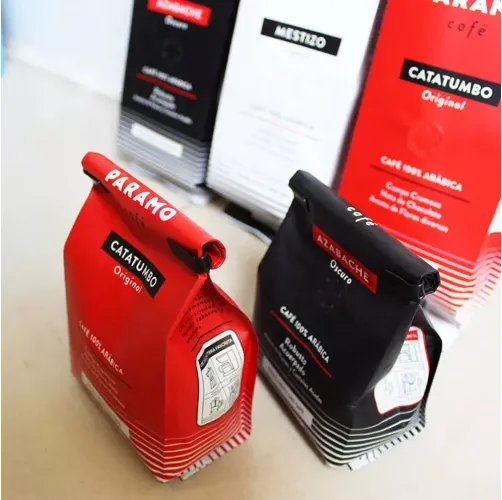- Afrikaans
- Albanian
- Amharic
- Arabic
- Armenian
- Azerbaijani
- Basque
- Belarusian
- Bengali
- Bosnian
- Bulgarian
- Catalan
- Cebuano
- chinese_simplified
- chinese_traditional
- Corsican
- Croatian
- Czech
- Danish
- Dutch
- English
- Esperanto
- Estonian
- Finnish
- French
- Frisian
- Galician
- Georgian
- German
- Greek
- Gujarati
- haitian_creole
- hausa
- hawaiian
- Hebrew
- Hindi
- Miao
- Hungarian
- Icelandic
- igbo
- Indonesian
- irish
- Italian
- Japanese
- Javanese
- Kannada
- kazakh
- Khmer
- Rwandese
- Korean
- Kurdish
- Kyrgyz
- Lao
- Latin
- Latvian
- Lithuanian
- Luxembourgish
- Macedonian
- Malgashi
- Malay
- Malayalam
- Maltese
- Maori
- Marathi
- Mongolian
- Myanmar
- Nepali
- Norwegian
- Norwegian
- Occitan
- Pashto
- Persian
- Polish
- Portuguese
- Punjabi
- Romanian
- Russian
- Samoan
- scottish-gaelic
- Serbian
- Sesotho
- Shona
- Sindhi
- Sinhala
- Slovak
- Slovenian
- Somali
- Spanish
- Sundanese
- Swahili
- Swedish
- Tagalog
- Tajik
- Tamil
- Tatar
- Telugu
- Thai
- Turkish
- Turkmen
- Ukrainian
- Urdu
- Uighur
- Uzbek
- Vietnamese
- Welsh
- Bantu
- Yiddish
- Yoruba
- Zulu
standard cereal box size
The Standard Cereal Box Size An Overview
In the vast world of breakfast cereals, the packaging plays a crucial role in attracting consumers while also fulfilling practical needs. Among the many designs and innovations, one of the most recognizable and enduring formats is the standard cereal box size. Understanding this standard can illuminate important aspects of marketing, consumer convenience, and sustainability in the food industry.
Typically, the dimensions of a standard cereal box are about 12 inches in height, 7.5 inches in width, and 2 inches in depth. This size permits an optimal balance between visibility on store shelves and efficient storage at home. The height is particularly effective for shelf presence, allowing a box to stand tall and catch the eye of shoppers from a distance. Larger boxes could signal better value, while smaller boxes might appear as convenience options. However, the standard size has become a benchmark due to its ease of handling and consumer familiarity.
One of the key benefits of this standard size is its adaptability across various types of cereals. Whether it’s a beloved brand of corn flakes or a trendy mix of granola and nuts, the standard box size accommodates a wide range of product types and branding strategies. Brands utilize this familiar format to convey their message clearly and attractively, with colorful packaging, fun graphics, and prominent display of nutritional information. By standardizing the box size, companies benefit from a streamlined production process, reducing costs associated with different packaging types.
In recent years, sustainability has become a significant concern in product packaging. As consumers grow more environmentally conscious, cereal brands are taking steps to minimize their ecological footprint. The standard cereal box size allows manufacturers to optimize their materials, ensuring that the amount of cardboard used is appropriate for the amount of cereal contained within. Many brands are now transitioning to recyclable or biodegradable materials to align with consumer preferences for sustainability. This trend not only appeals to eco-conscious shoppers but also demonstrates corporate responsibility, which can enhance brand loyalty.
standard cereal box size

The real estate of the cereal aisle is fiercely competitive, and the standard cereal box size offers an effective canvas for brands to communicate their unique selling propositions. From family-sized boxes boasting larger servings to portion-controlled packages designed for health-conscious consumers, the adaptability of this standard format has allowed for innovation without losing consistency. Moreover, brands often utilize the box's surface to highlight promotions, nutritional benefits, and new product launches.
Additionally, the standardized dimensions facilitate ease of storage at home. Consumers often stack cereal boxes in their pantries or kitchens, and having a consistent size makes it simpler to organize these items. This predictability creates a sense of order and convenience, contributing to a positive consumer experience.
The prevalence of the standard cereal box size has also influenced consumer behavior. Familiar shapes and sizes imbue a sense of reliability, often leading consumers to stick with trusted brands. Children, who often have a strong influence on breakfast choices, are attracted to the bright colors and characters depicted on cereal boxes, making the standard size even more impactful when it comes to brand recognition and loyalty.
In conclusion, the standard cereal box size encompasses much more than mere packaging; it is a carefully considered aspect of marketing, sustainability, and consumer behavior. As the industry evolves, brands continue to leverage this familiar format to adapt to changing consumer preferences and trends. Whether igniting nostalgia or encouraging innovation, the standard cereal box remains a staple in the households of millions, symbiotically linking packaging design to breakfast traditions around the world.













